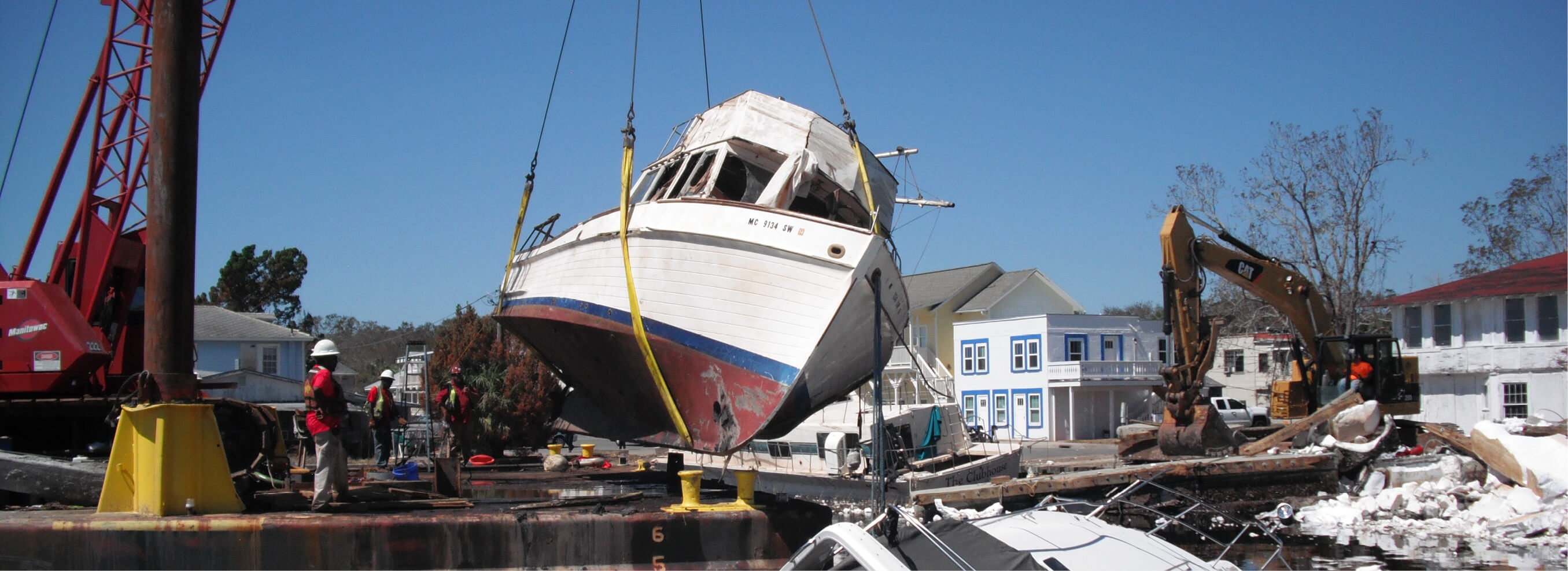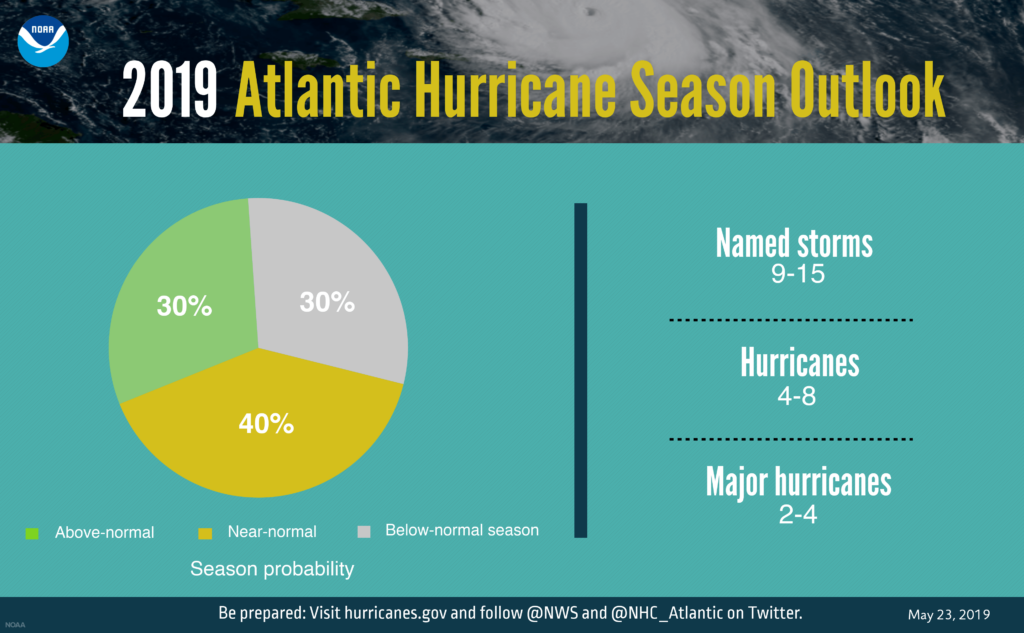Preparing before disaster strikes
June 5, 2019 · Insights

As we enter the 2019 hurricane season, communities can do their part to minimize impacts before a disaster strikes.
Hurricane season officially runs from June 1 to November 30, and according to the National Oceanic and Atmospheric Administration (NOAA), El Nino and a warmer-than-average Atlantic are helping shape this season’s intensity.
For 2019, NOAA predicts a likely range of 9 to 15 named storms (winds of 39 mph or higher), of which 4 to 8 could become hurricanes (winds of 74 mph or higher), including 2 to 4 major hurricanes (category 3, 4 or 5; with winds of 111 mph or higher). An average hurricane season produces 12 named storms, of which 6 become hurricanes, including 3 major hurricanes.
We can’t stop disasters from happening, however, communities can take proactive steps to help minimize damage as much as possible. “Preparing ahead of a disaster is the responsibility of all levels of government, the private sector, and the public,” said Daniel Kaniewski, Ph.D., FEMA deputy administrator for resilience, in a media release. “It only takes one event to devastate a community so now is the time to prepare.”

Municipalities that prepare and plan for disasters can lessen the impact on their local community and ensure that safety of their residents is a top priority. Measures that can be taken include:
• Having an Emergency Preparedness Plan and an Evacuation Plan to be proactive with response activities
• Planning ahead by assessing risks and having debris and recovery plans in place to assure necessary resources will be readily available when needed
• Conducting exercises and drills and attending training classes to better understand hazards that may be encountered
• Making sure shelter operation plans are up to date, fuel supply is adequate and electricity alternatives have been arranged to keep critical facilities up and running during and after an event
While you can never be fully prepared for an unforeseen disaster, you can gain peace of mind by planning and knowing that recovery is attainable after disaster strikes.
GMC’s Disaster Recovery Division succeeds in aiding communities before, during and after a disaster by offering assistance in debris management planning, debris monitoring, financial recovery, grant management and mitigation services. To learn more about how we can help your community, contact GMC’s Vice President of Disaster Recovery Robert Ramsey at robert.ramsey@gmcnetwork.com.